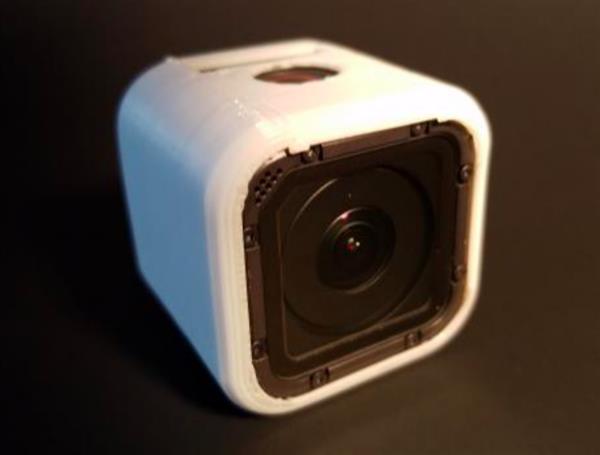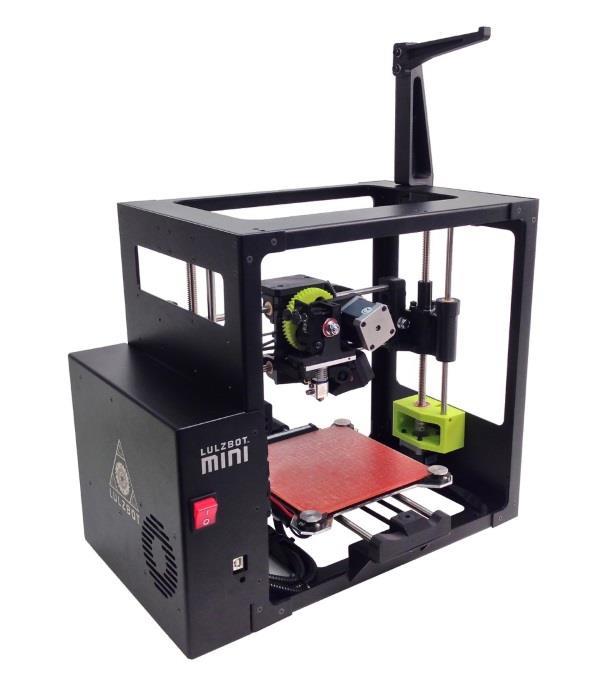Is flexible 3D printing worth it?
Aubrey Woern and Professor Joshua Pearce, researchers from Michigan Technological University carried out a study concerning the cost of 3D printing consumer goods using flexible filament.
To achieve the study, they 3D printed 20 flexible products in NinjaFlex filament. The aim was to analyze the total cost and technical feasibility of the 3D printed products among which casio watch straps, ice cube trays, car parts, phone cases and other accessories.

As far as the cost is concerned, the idea was to determine if a 3D printed item is cost-effective than its purchase.
So, they 3D printed and tested 20 common consumer items, made from flexible materials. These objects can be recreated using the famous NinjaFlex 3D printer filament.
“The 3D printed products were quantified by print time, electrical energy use, and filament consumption by mass to determine the cost to fabricate with a commercial RepRap 3D printer,” Woern and Pearce explain. “Printed parts were inspected and when necessary tested for their targeted application to ensure technical feasibility.”
Aubrey and Professor Joshua used a Lulzbot Mini FDM 3D printer with a FlexyStruder hotend, a set of materials which constitute a good investment that could have been done by the average consumer.

A few steps again before drawing conclusions…
The lifetime of 3D printed parts compared to items purchased in store, the probability of consumers to own a 3D printer are some of the factors that still need to be taken into account.
Furthermore, further study needs to be carried out on the feasibility of 3D printers vs. online retailers.
“Future research is needed,” state the authors, “to determine the disruptive potential of distributed 3D printing both on enabling such 3D printing on the technical front, as well as detailed life cycled analysis on the economic side.”
For now, Professor Pearce mentions three main barriers to widespread adoption of 3D printing, all within education. First of all, “people are not used to thinking of products as an investment as most products never pay for themselves.” Furthermore, “to really get the most out of a 3D printer you need to be comfortable in the use of some form of CAD” and, “although there are millions of designs most of them are not really awesome.”
“When we have a critical mass of high-quality 3D printing designs to handle almost every consumer whim, desktop 3D printer manufacturers will not be able to hire employees fast enough to keep up with demand.”
For further information about 3D Printing, follow us on our social networks and subscribe to our newsletter!





